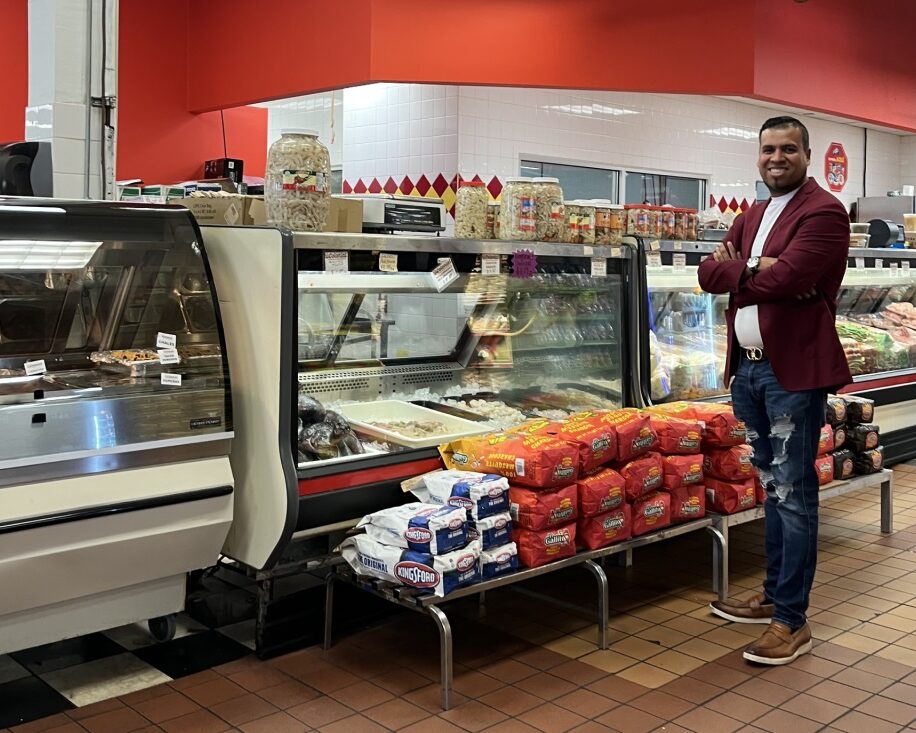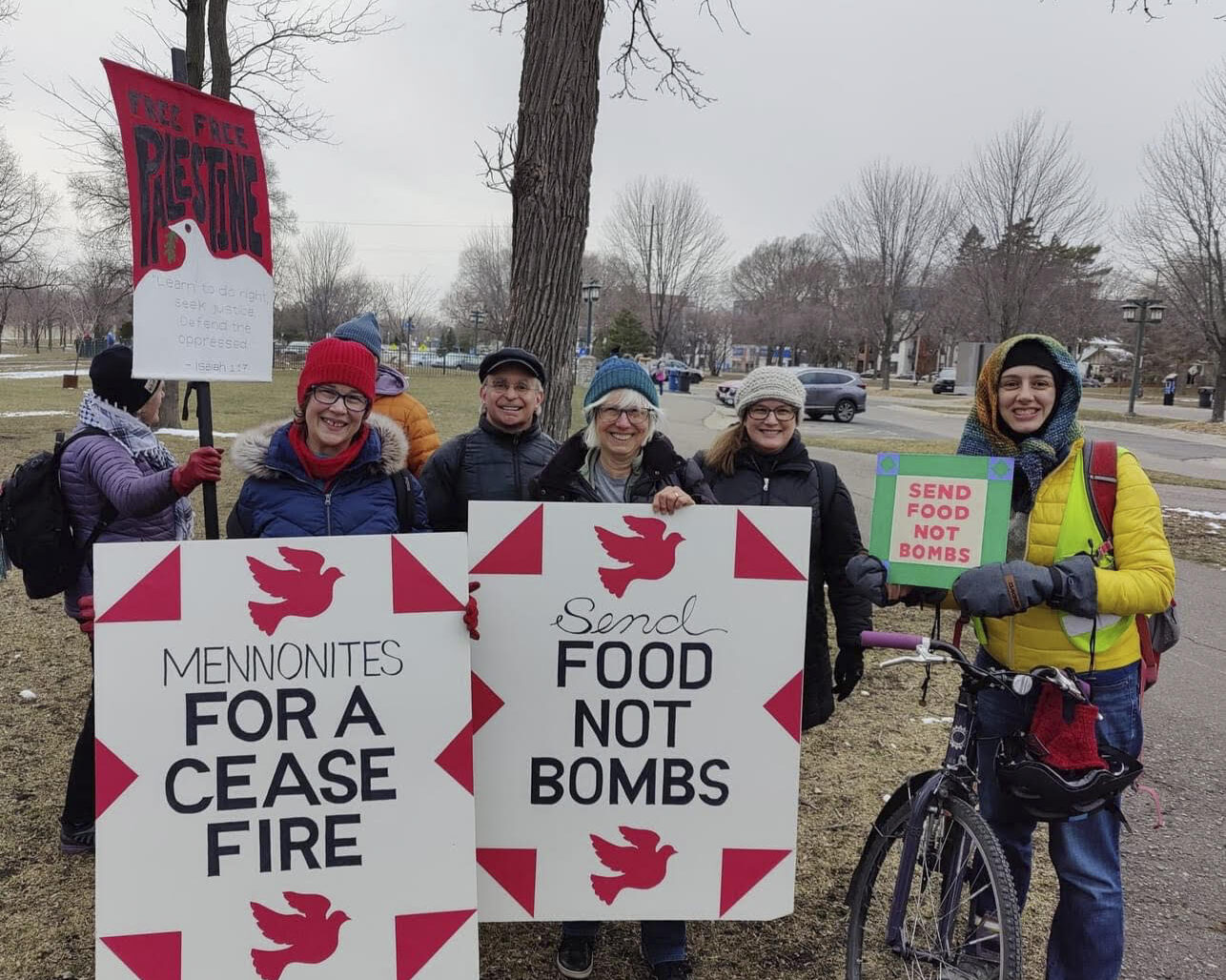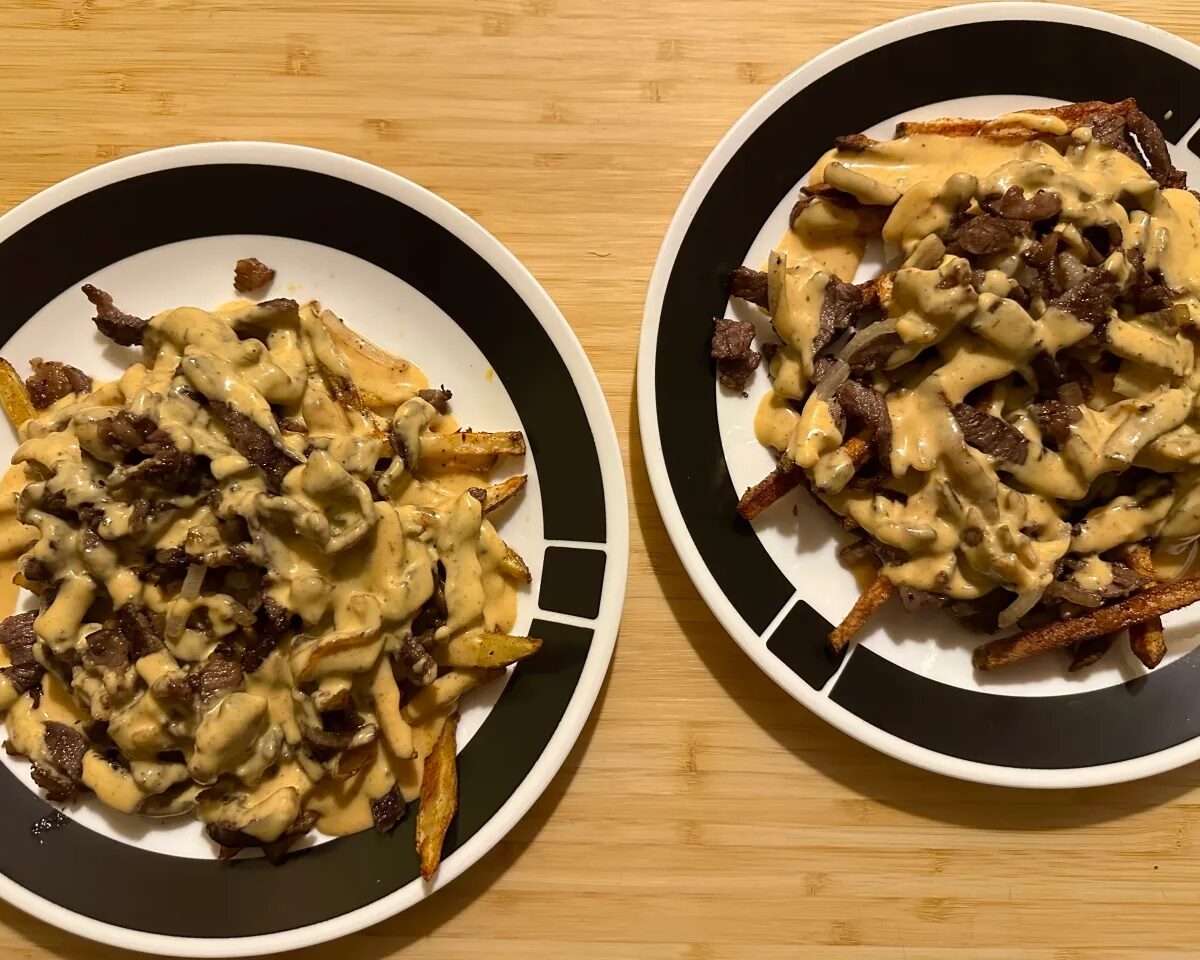BY RAINA GOLDSTEIN BUNNAG
Thanksgiving is a truly American holiday. Turkey, football, family and lots of leftovers. Were you able to use up all your leftovers? If so, I commend you. If not, you are certainly not alone. In our house we tried hard (cranberry sauce and peanut butter sandwich, anyone?), but inevitably part of the delicious feast ended up in the trash as did some neglected pre-holiday fridge items. Thanksgiving is a particularly guilt-inducing time to write an article about food waste.
Food waste is an enormous problem in America. According to a report from the National Resource Defense Council, 40% of the food produced in the United States does not get eaten. 40%! Are you as shocked as I was? Who is trashing all this food? The squandered food includes unharvested crops, food discarded in the manufacturing process, and unused food in grocery stores and restaurants. It also includes the spoiled, discarded and forgotten food in our homes. Experts estimate that 25% of the food we bring into our homes ends up in the trash can.
At a time when the economy isn’t exactly booming and millions of Americans are starving (46.5 million to be exact), half of our food goes unused. Not only are we losing the opportunity to feed people, but billions of dollars are being thrown away. In addition, the energy that was used in food production creates an environmental nightmare with the methane gas produced from food in landfills.
Many of us pinch our pennies and are downright frugal when it comes to material goods. So, why, then are we careless with something as precious as food? There are many reasons and they are wide-reaching and complex. Below are several of the major issues.
Consumer demand for perfect items: At the grocery store we choose pristine apples and blemish-less tomatoes. That is what we want to eat and serve our guests. The food manufacturers caught on long ago, so they deliver only the most beautiful. The ugly ducklings, however, get thrown away, despite being perfectly delicious and safe to eat. This results in waste in all levels of the food system. Directing imperfect food to items like baby carrots and canned tomatoes could help curb the problem.
Lack of cooking skills and preparation knowledge: Today, many Americans do not know how to cook and prepare food from scratch. This knowledge deficit translates to a lack of comfort in the kitchen. We may be able to follow a recipe for massaged kale salad, but give us leftover veggie scraps or a turkey carcass and we may run away screaming. On the other hand, grandma would make turkey stock without hesitation. Basic cooking skills would result in tons of prevented food waste.
Fully-stocked supermarkets: Supermarkets are terrified to run out of any item as it may drive consumers to other stores. However, this mentality results in gigantic amounts of unnecessary waste. Prepared items in particular have a shorter shelf-life and are often tossed at closing. Food recovery organizations exist to take this extra food from the store to people in need. However, some store managers may not want to exert the perceived effort. In addition, many people are scared of lawsuits stemming from food safety issues. There needs to be more education about the Bill Emerson Good Samaritan Act of 1996 which removes liability except in cases of gross negligence from groups that donate food in good faith.
The food waste problem is gaining more attention in books, blogs and on the news. Food recovery organizations are also popping up in new places, but big changes are slow moving. A systemic overhaul, including measures such as significant government recognition/regulation, public service campaigns and increased adoption of food donation and composting, is crucial to make a significant impact. In the meantime, you can make a huge difference at home. Here are a few things you can do to reduce food waste:
1) Plan meals and make grocery lists. Take a few minutes to plan out meals and write a list of ingredients for the grocery store. This will help to ensure you only buy what you need, which saves waste and money! Also, check in the refrigerator and cabinet before you go shopping to make sure you don’t double-up on items (or quadruple-up on mustard as is the current situation in my fridge). Also plan meals ahead of time to use leftovers. Some easy ideas for holiday leftovers include turkey soup, cranberry sauce muffins, ham and cheese quiche, mashed potato pancakes and stuffing-stuffed mushrooms. A quick google search for “Leftover Recipes” will supply you with endless ideas.
2) Don’t save the (sell-by) date. Did you know most sell-by and use-by dates are arbitrary? There are no federal regulations for most foods, so generally food manufacturers will err on the side of caution to avoid potential food safety issues. First, pay attention to the wording as sell-by does not mean use-by and will likely still be edible for at least a week or more. Secondly, use common sense and don’t eat anything that smells rotten or has mold. But that brown banana, bruised tomato, or wilted lettuce is still perfectly edible. Hide not-so-beautiful but still delicious veggies in sandwiches, soups or casseroles.
3) Learn how to store food. Foods require a range of different storage techniques to ensure a longer and more delicious lifespan. This is confusing. Fortunately, the internet is here to help as there are many guides online to help you learn food storage basics. I particularly like the Food Storage Tips guide on Eureka Recycling’s website that includes basic strategies to increase shelf life and storing techniques for each category of fruit and vegetable. It’s easy to read and perfect to print out and put on the fridge. One great tip they suggest is to keep apples, bananas, citrus and tomatoes away from other produce because they release a gas that will encourage spoilage of other fruits and veggies.
4) Serve smaller portions (on smaller plates). Our eyes are often bigger than our stomachs. Try serving yourself and others smaller portions to eliminate plate waste (hey, you can always take seconds). A study conducted by Brian Wansink and Koert van Ittersum at Cornell University demonstrated that we tend to eat more when served on bigger plates. The study authors explained that the psychology behind this phenomenon is that larger plates make servings look smaller while smaller plates make servings appear larger. Help waste and your waistline by using smaller plates.
5) Perhaps the most important action you can take is to be an advocate. See an opportunity for better food recycling, composting or donation at work or school? Talk to administration about your concerns and help brainstorm options. Once they know there is concern they will likely be willing to make changes, especially if you are there to help. Minneapolis organizations such as Eureka Recycling, Sisters’ Camelot and Second Harvest help companies recycle and assist with food recovery and distribution, respectively.
With increased awareness and individual efforts, food waste is a problem we can tackle.
Raina Goldstein Bunnag has a bachelors degree from Boston University and is currently a masters candidate in nutrition and public health at the University of North Carolina. She keeps abreast of the latest health news and addresses relevant wellness topics each month. If you have any questions or topics you would like to see covered in the column, please send her an email at [email protected].























